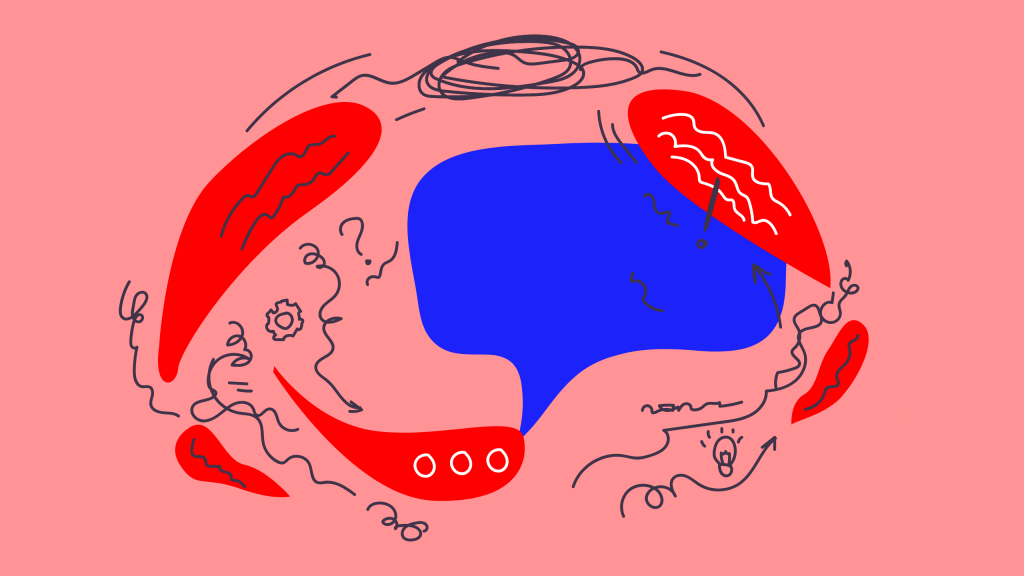Do you know your company’s vision? I’m always amazed at how many people struggle to articulate it. “You mean our mission? Our goals? Our roadmap?” Well, at least you’re getting warmer. None of these guesses are necessarily wrong, but they are part of a bigger, more fundamental (and often overlooked) question: ‘Why?’
Every company strives to innovate on some level. And in order to innovate, we’re told to listen to the customer, to get close to them, to pay attention to what they say, listen to what they want.. The problem is that while the customer is always right, the customer doesn’t always get it right. Henry Ford was once quoted saying “If I had asked people what they wanted, they would have said faster horses.” How can we expect customers to not only identify needs they themselves may not yet recognize, but also describe the perfect solution?
I believe a company’s vision is a design challenge. You must be empathetic to the user in order to identify a problem worth solving, and design a solution (a product, in our case) to make their world a better place.

At MarkUp.io, our “why?’’ existed well before we did. In fact, it started early on in my career. Prior to working at Ceros, I’d spent the best part of 15 years in the agency world. As a designer, I was responsible for managing creative feedback. “Change this.” “Change that.” “Move this logo to the right.” “Decrease this font size.” It was enough to drive the calmest person crazy.
It was my job to sift through the needs of these people, no matter how silly or unrealistic their requests. Collaboration caused headaches. Unclear, no context, off-the-cuff design critique. The sort of process that grinds a project to a halt, and leaves colleagues uninspired and disheartened.

I’m talking about the feedback loop of course. We’ve all been part of it, whether we were actively engaged or warily spectating. It’s the part of every project that follows a creative workflow where collaboration is widespread, opening the door to subjectivity, indecisiveness, and the ‘there’s too much white space’ police.
Technology has changed drastically during my career, but the way we communicate still largely falls into the same passive, disjointed mediums. Emails. Slacks. Texts. Google docs. Trello boards. Zoom calls. None of these were specifically designed to handle creative feedback. The context is often lost, and we’re forced to hack our thoughts together in whichever way we can to get the point across.
After spending so much of my life in these types of scenarios, I couldn’t get the thought out of my head: “The feedback loop sucks. Why has it always been this way?”
It’s these experiences that help you realize your ‘why?’ and spark those moments of innovation. If you act on it, this could be where the genesis of your idea starts.
This empathetic approach to design and problem solving puts your users at the center of it all. It gives you x-ray vision of what your users may need or want. This isn’t data you’ll find in a spreadsheet. It’s conducted firsthand by experiencing the problem in a real-world situation.
Your ‘why’ is your North Star. It defines your company. It gets your team aligned and motivated. It guides your mission, your values, your goals. It forms the foundation of your product strategy, roadmap, and go-to-market strategy.
We built MarkUp.io based on a ‘why’ and to this day, it helps us stay on track to solving the problem: giving and receiving feedback sucks. Or at least it did.

